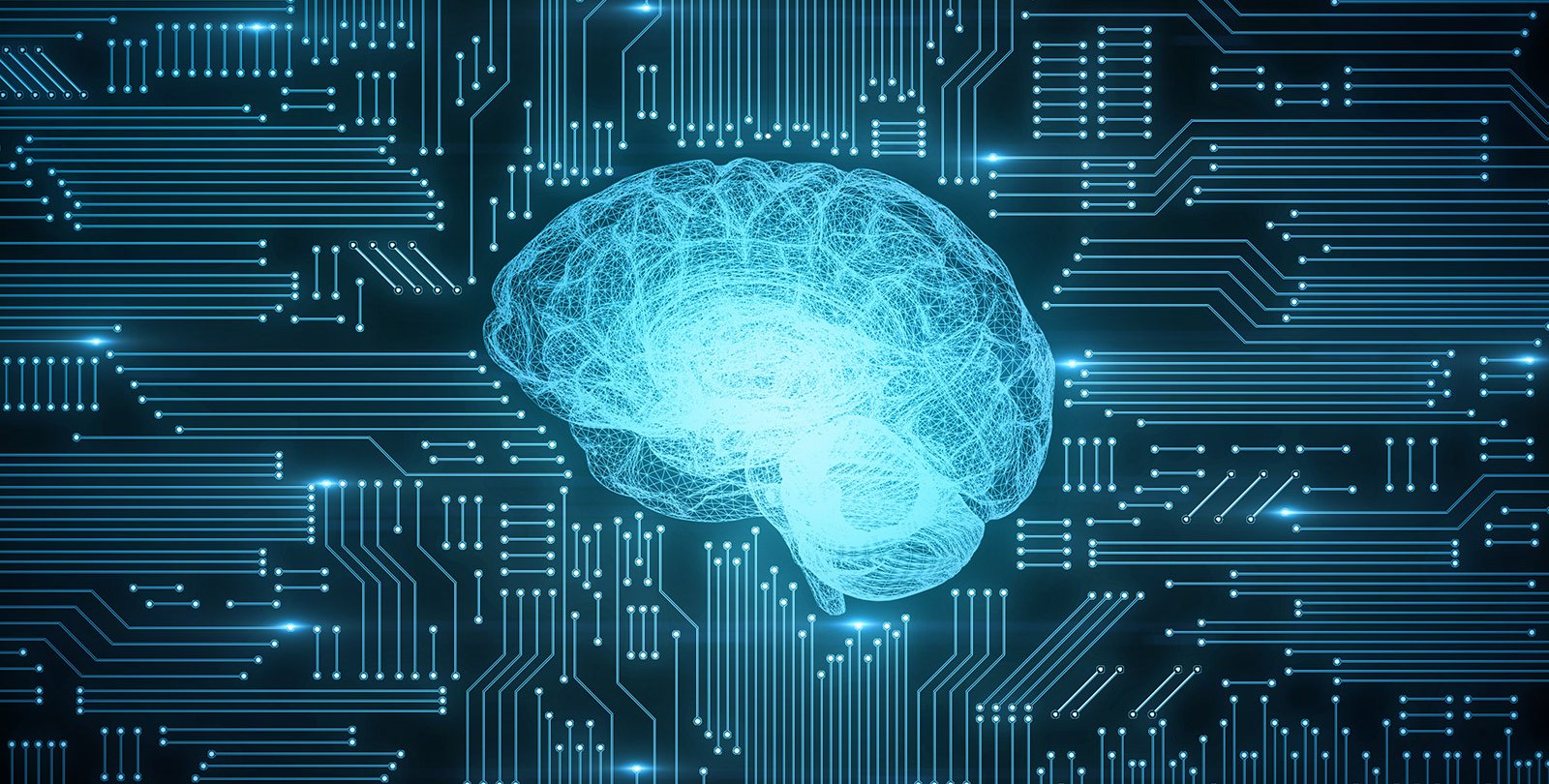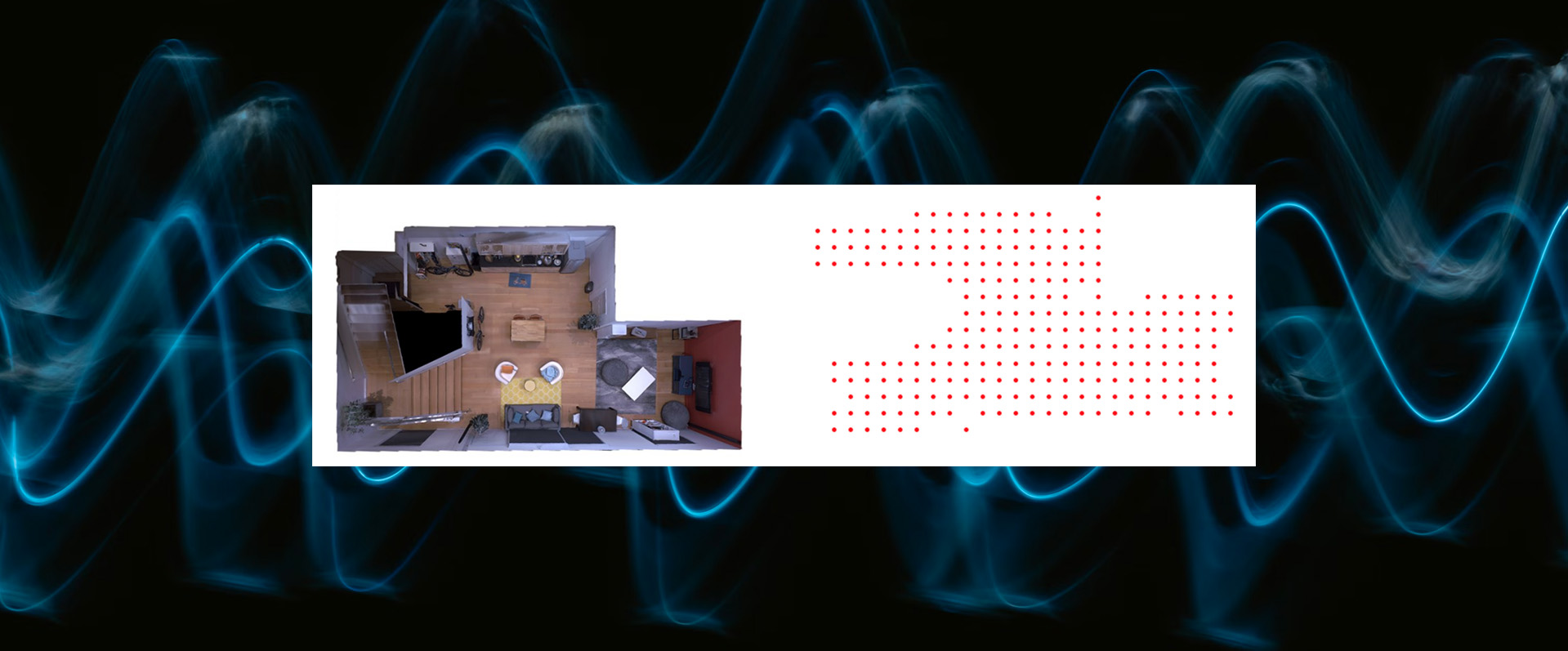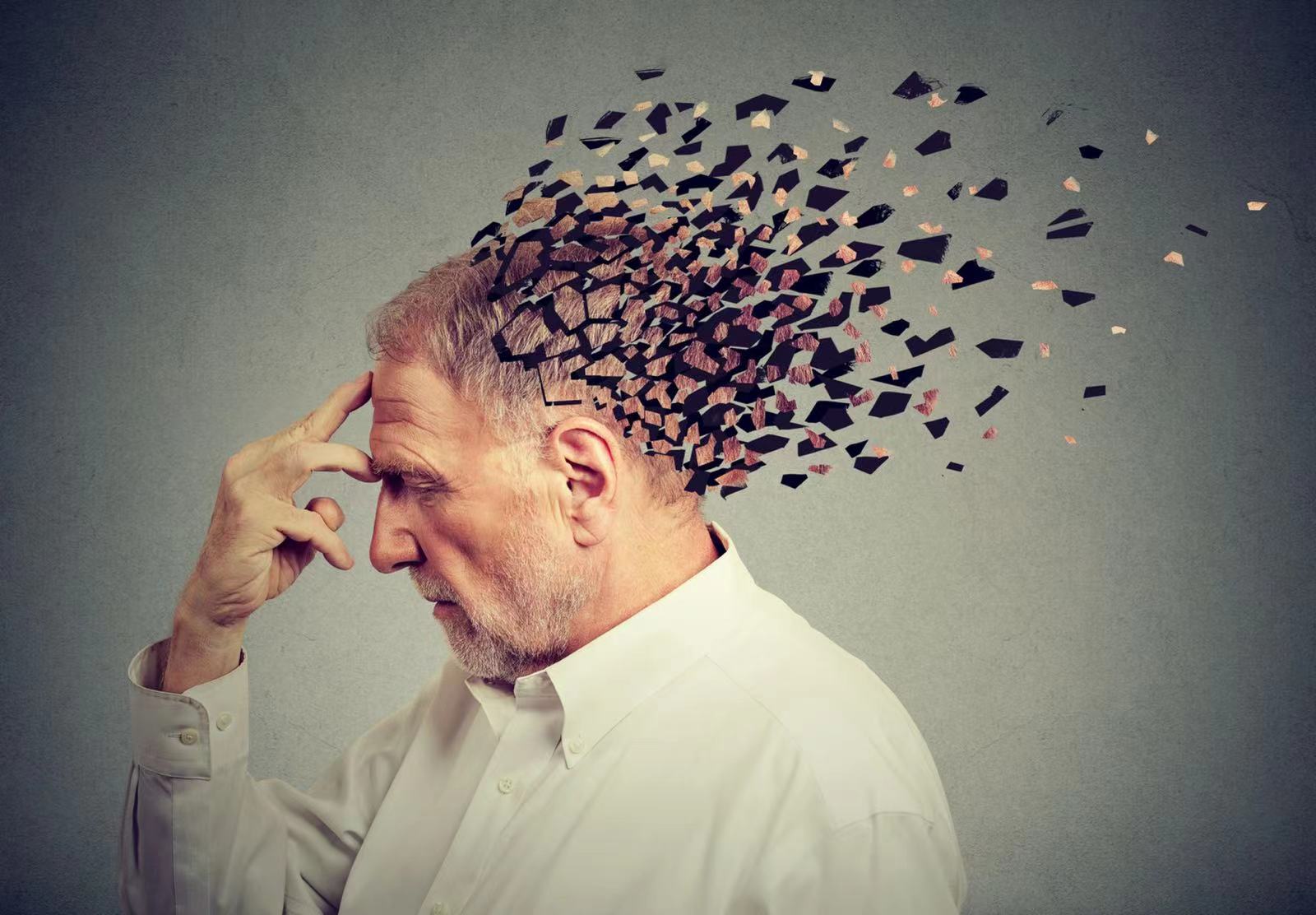-
Gut Microbes Influence Binge-Eating of Sweet Treats in Mice

We have all been there. You just meant to have a single Oreo as a snack, but then you find yourself going back for another, and another, and before you know it, you have finished off the entire package even though you were not all that hungry to begin with. But before you start […]
-
Brain-Machine Interface Device Predicts Internal Speech

New Caltech research is showing how devices implanted into people’s brains, called brain-machine interfaces (BMIs), could one day help patients who have lost their ability to speak. In a new study presented at the 2022 Society for Neuroscience conference in San Diego, researchers demonstrated that they could use a BMI to accurately predict which words […]
-
TCCI Investigator Identifies Important Switch for REM Sleep

Recently, Professor Huang Zhili, Director of the Department of Pharmacology at Fudan University and investigator at the Tianqiao and Chrissy Chen Institute (TCCI) and his team, published a new study in the journal Cell Discovery, reporting a new nucleus that can terminate REM sleep and its neural circuit mechanism. Sleep accounts for one third […]
-
TCCI Investigator Yu Jintai’s team Reveals the Correlation between Muscle Health and Dementia

A team led by Yu Jintai, professor at Fudan University-affiliated Huashan Hospital and investigator at the Tianqiao and Chrissy Chen Institute (TCCI), recently published a study in the journal Alzheimer’s & Dementia entitled ” Associations of grip strength, walking pace, and the risk of incident dementia: A prospective cohort study of 340,212 participants”. The study […]
-
Neuroscientists and game designers play well together: Collaboration creates better data, better games and real impact

Jessica Hammer thinks the most important technology for making games is the brain. The Thomas and Lydia Moran Associate Professor of Learning Science, jointly appointed in the HCI Institute and the Entertainment Technology Center at Carnegie Mellon University, Hammer says “My games are designed to put the player into an altered state, so their brain […]
-
Using sound to model the world

Researchers at MIT and the MIT-IBM Watson AI Lab are exploring the use of spatial acoustic information to help machines better envision their environments. They developed a machine-learning model that can capture how any sound in a room will propagate through the space, enabling the model to simulate what a listener would hear at different […]
-
TCCI Researcher Develops New Dementia Risk Prediction Model

Recently, Jintai Yu, a professor at Fudan University-affiliated Huashan Hospital and a researcher at the Tianqiao and Chrissy Chen Institute (TCCI), co-authored a paper titled “Development of a Novel Dementia Risk Prediction Model in the General Population: A large, longitudinal, population-based machine-learning study” published in eClinicalMedicine, part of The Lancet. The study aims to develop […]



